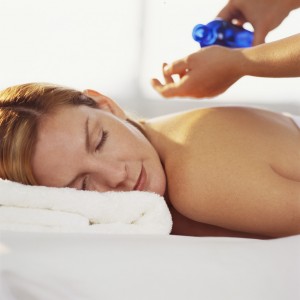 When the sky is grey and the days grow short our morale is unharmed. Everyone can be affected by the loss of light in the dead season. It is now or never to chase away the passing blues or the seasonal depression with the help of light therapy. A quarter of the population sees their life turned upside down by the season’s rhythm, where as 2 or 3% of people suffer a severe depression due to this time of year. It is only since the middle of the 80’s that researchers started looking for the reasons of this depressive state. Someone suffering from seasonal depressions have a tendency to see their appetite increase, have a taste for sugar and have an excessive need for sleep. As the symptoms are different to a regular depression, Dr Marc Hebert researcher and professor at Laval Robert Giffard University, thinks it is necessary to treat patients differently.
When the sky is grey and the days grow short our morale is unharmed. Everyone can be affected by the loss of light in the dead season. It is now or never to chase away the passing blues or the seasonal depression with the help of light therapy. A quarter of the population sees their life turned upside down by the season’s rhythm, where as 2 or 3% of people suffer a severe depression due to this time of year. It is only since the middle of the 80’s that researchers started looking for the reasons of this depressive state. Someone suffering from seasonal depressions have a tendency to see their appetite increase, have a taste for sugar and have an excessive need for sleep. As the symptoms are different to a regular depression, Dr Marc Hebert researcher and professor at Laval Robert Giffard University, thinks it is necessary to treat patients differently.
Instead of giving them a prescription for antidepressants he praises a healthier solution exposure to light. If the brain seems to be affected by the lack of light, we do not know what makes certain people more vulnerable than others. It is by analysis of the retina that multidisciplinary directed by Dr Hébert, composed of researchers in neuroscience in opthalmologyof psychologists and psychiatrists resulting in knowing a little more about the role of light on the brain. “Alot of sick neuropsychiatrists think that the eye is the vision of the person not affected, he says (…) we are capable of studying neurotransmitters presents the eye and we can see the effects after four weeks of light therapy sessions. The use of a light therapy lamp can be diversified, because the user can stay active during sessions.
Dr Hébert personally uses all the time a lamp at work at his desk. He suggests also to people to put it on the table while they are having breakfast or when they are reading a news paper. The person should keep their eyes open, but not to keep looking at the light. The person can then carry on about their business, while being exposed to the light.



